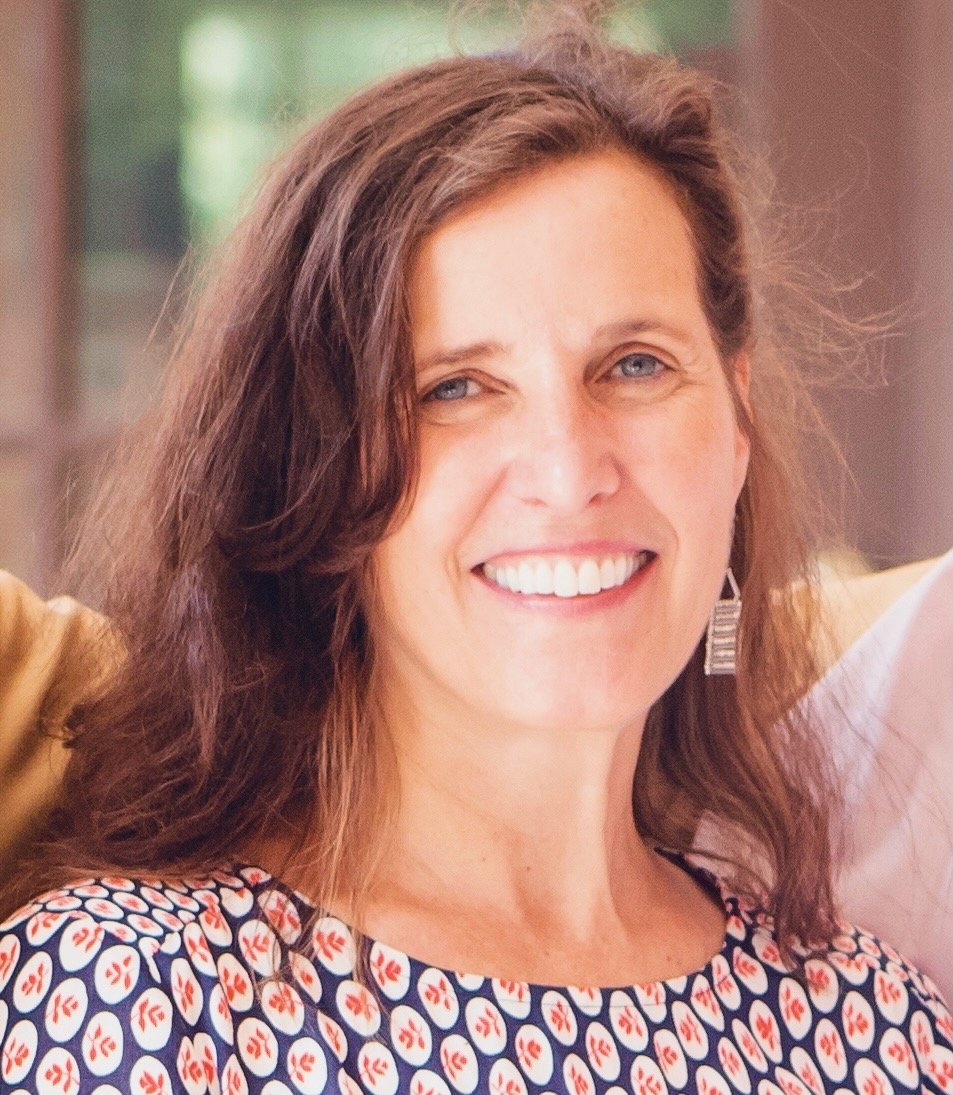How To Make Spaces Safe For Children To Share Sexual Abuse
What is our moral obligation to share our stories of sexual abuse? What is our obligation of others to protect future children? It is easier to say nothing, or do so quietly, involving as few people as possible. This is what many families do. Yet still we must ask: Where are the witnesses to these crimes? Who is bearing witness? And why don’t they speak up? It has been my experience that silence is imposed from above, and or, internalized. And what lies underneath the silence are complex relationships—typically family relationships— because children are most often sexually abused by someone they know.
Or, as Paul Farmer in Pathologies of Power says as he describes his role as a physician working with people in under-resourced areas: “One could almost say there are two ways of knowing, and thus two ways of bearing witness. The first – to report stoic suffering of the poor – is, in every sense, as genuine as another, more freighted from knowing. That is, it is true that members of any subjugated group do not expect to be received warmly even when they are sick or tired or wounded… the silence of the poor is conditioned.” Although he is speaking about the silence of the sick and poor—this thinking can also be applied to child sexual abuse.
Farmer goes on to say one of the most insightful things I have ever read about stoicism— suffering in silence: “[it] runs the risk of missing the great eloquence beneath the silence.” When we scratch at this surface silence, we can trigger a painful eloquence that many of us are not prepared for.
When we hear the profound and deep pain children who have been sexually abused have experienced we cringe—we close our eyes—we stifle their story and with our turning from protector to enabler, we give children another story, one that then is the second silence. The second silence is the one that is less eloquent—it is thick with details of suffering and rooted in respecting their right as a human being to be safe, healthy, and well.
The two ways of knowing are not about understanding the details of the history or getting the story ‘right’. Farmer says, “The two ways of knowing, I have come to believe, are about linguistic competence. To get beyond the first silence requires compassion and solidarity…Bearing witness, like ‘solidarity’ and ‘compassion’, is a term worth rehabilitating. It captures both ways of knowing, both forms of silence. Bearing witness is done on behalf of them, for their sake… It needs to be done, but there is no point in exaggerating the importance of the deed. I would like to insist that, no matter how great the pain of bearing witness, it will never be as great as the pain of those who endure, whether in silence or with cries…”
As we educate people not to be bystanders when they see or know of child sexual abuse, we must also share with them to tell children that it is not always safe to tell a story.
As a witness to their story, to CSA, we, too, may have to stay silent until it is safe to tell authorities, until we know who to safely tell and how, and feel safe enough to both tell and protect. This is a reality for many “witnesses.”
Reporting is hard—it is difficult—and it has consequences, too. But we must sort through those consequences and report what we know. It won’t be easy. Reporting is fraught with its own kind of stress for the reporter—will the perpetrator know who reported them? If so, how will they interact with the perpetrator moving forward, and with the perpetrator’s family members? Stress can also be induced when a reporter questions his own perceptions of the situation—is this untoward feeling about the perpetrator correct? Did they hear the child right? What if they are wrong, and the person is innocent?
We are moving towards a world where the individual and collective will feel the power of these stories and continue to see them as a social force to extinguish the interfamilial, political, and economic structures that have supported the risks for child sexual abuse, sexual assault, sexual harassment, domestic violence—all part of the larger social matrix of a rape culture.
If you have questions about filing you can call a confidential helpline such as Child Help USA

